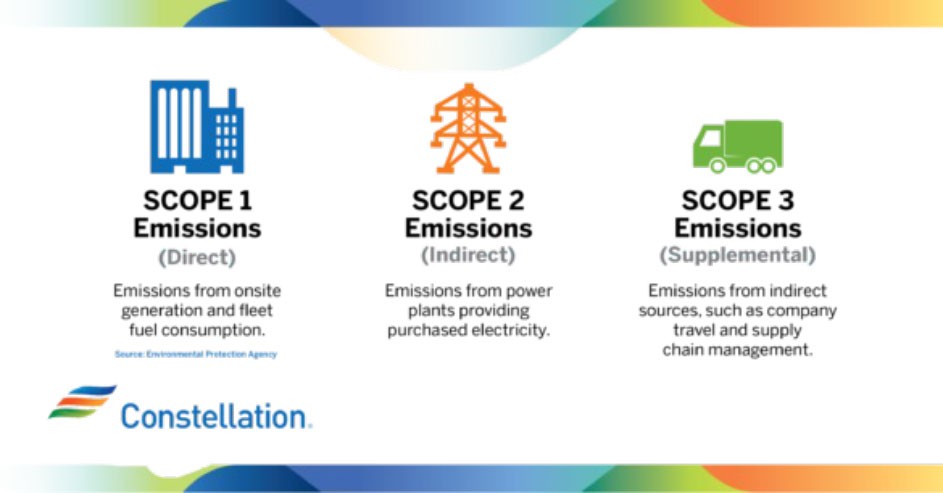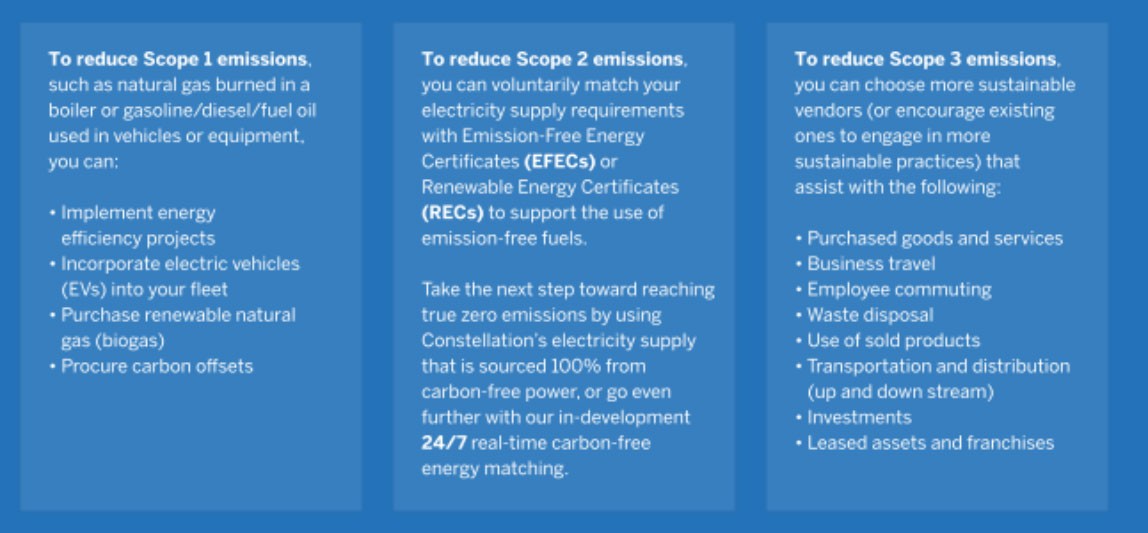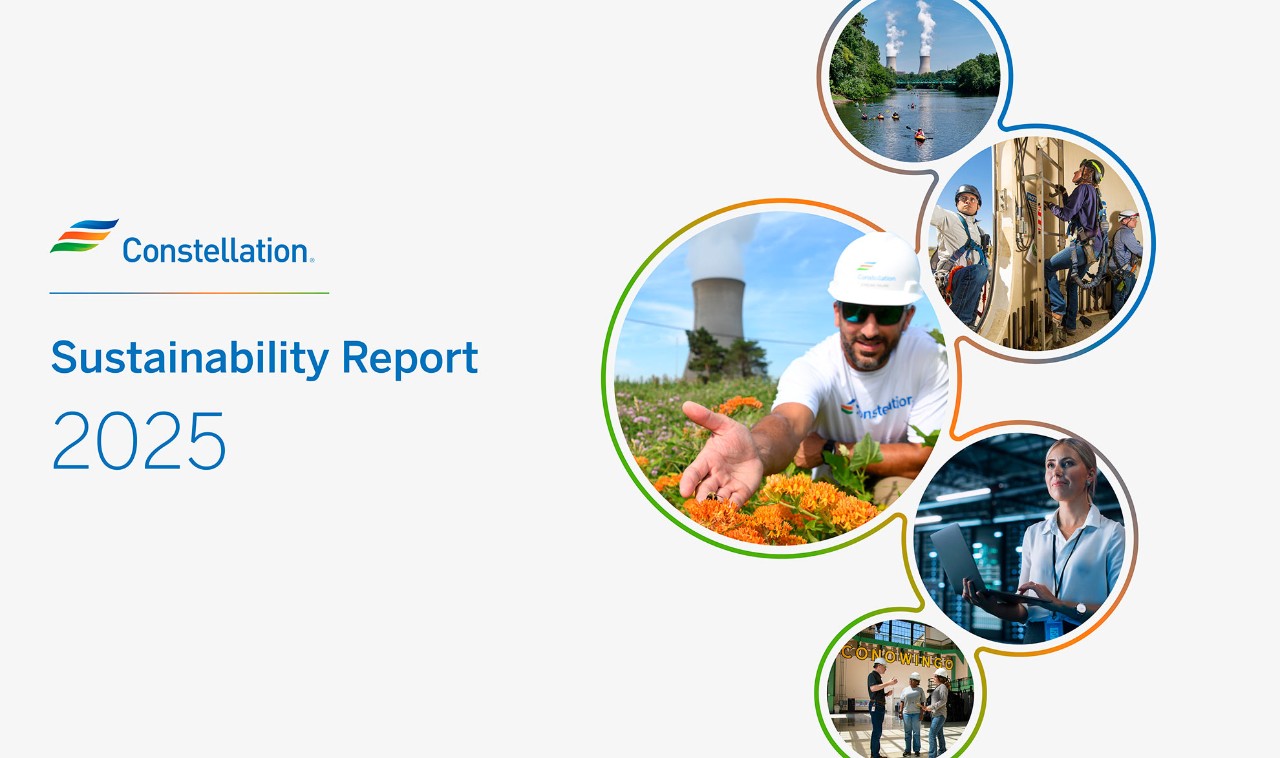Reducing Your Carbon Footprint Along Your Sustainability Journey
Businesses are looking for ways to reduce their carbon footprint with clean energy solutions that show their commitment to a cleaner future. Constellation broad offerings of clean energy solutions can help you achieve your carbon reduction goals at each step of your journey. Work with our energy professionals to develop the right solutions for your business and put your strategy into action.
Using your sustainability goals and energy strategy, design a plan that reduces your carbon footprint.
Carbon Offsets
Offset your carbon emissions from natural gas consumption and other business activities by purchasing carbon offsets from Constellation.
Learn more about carbon offsets
Carbon-Free Energy Supply (or EFECs)
Reduce emissions associated with your annual electricity usage with emissions-free electricity supply.
Renewable Energy Certificates (RECs)
Leverage existing retail supply contracts to help lower Scope 2 emissions with Green-e® Energy Certified RECs.
Hourly Carbon-Free Energy Matching
Most organizations pursuing net zero match their electricity use with RECs, on an annual basis. Developing an hourly carbon-free energy matching strategy can minimize the emissions impacts of energy use.
Learn more about carbon-free matching
Flexible EV
Electrifying your fleet can be a complex process with many moving pieces. Constellation is positioned to help you strategically prepare for the transition to fleet electrification.
Understanding the benefits and challenges is vital to get the most out of your vehicles. Many factors play a role in whether electrification is right for your fleet including facility locations, typical driving distance and start-and-go frequency.
Renewable Thermal Certificates (RTCs)
Reduce Scope 1 emissions by purchasing third-party verified RTCs that represent the environmental benefits of renewable natural gas and feature digital tracking for easy impact reporting.
Types of Emissions
To start the process, it’s important to get acquainted with the various sources of emissions associated with businesses. Greenhouse gas emissions are classified as either Scope 1, 2 or 3 emissions based on their source.

- Scope 1 emissions are one area that businesses tend to focus on as they comprise of sources from a business’ owned or controlled assets, and upgrades to these areas are typically easiest to manage with energy efficiency projects such as switching over to electric vehicles or utilizing renewable natural gas.
- Scope 2 emissions represent indirect emissions from energy purchased from power plants that would power a business’ own facilities and equipment. To reduce Scope 2 emissions, voluntarily matching electricity supply requirements with a carbon-free power generation source supports the use of emission-free fuels and demonstrates a commitment to the environment.
- Scope 3 emissions are often complex and require mindful and strategic action. They involve choosing more sustainable vendors (or encouraging existing ones to engage in more sustainable acts) who assist with the following:
- Purchased goods and services
- Business travel
- Employee commuting

Sustainability Resources
Explore more resources for your sustainability strategy, including information about renewable energy, greenhouse gas and carbon reduction, emissions and credits, building a sustainability plan, and ESG reporting.
